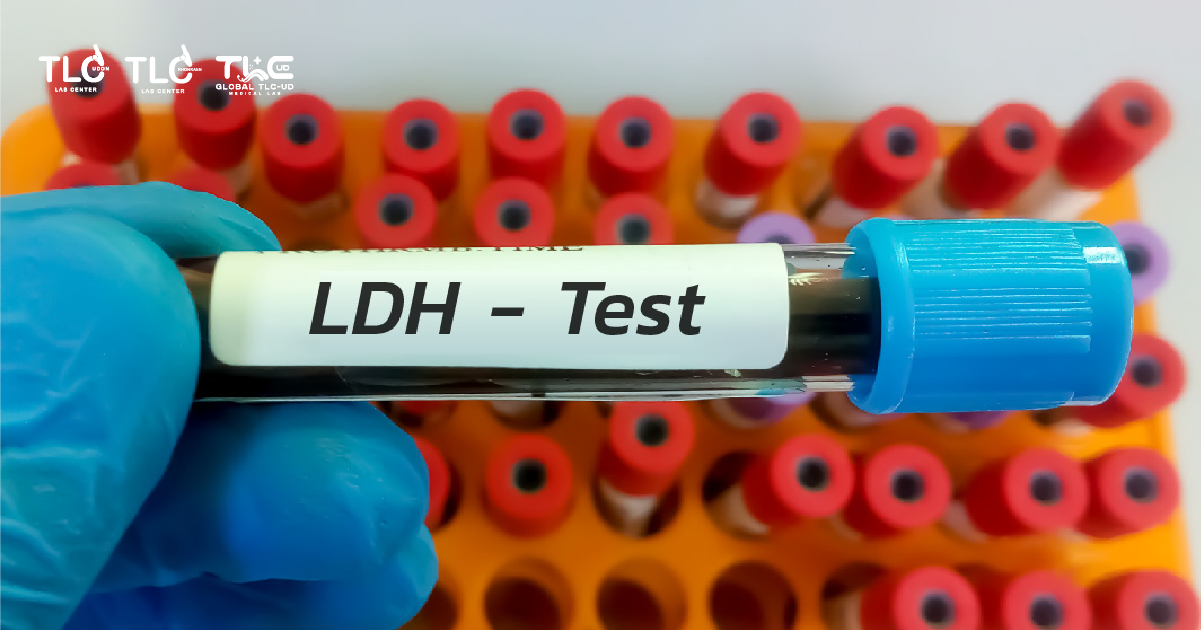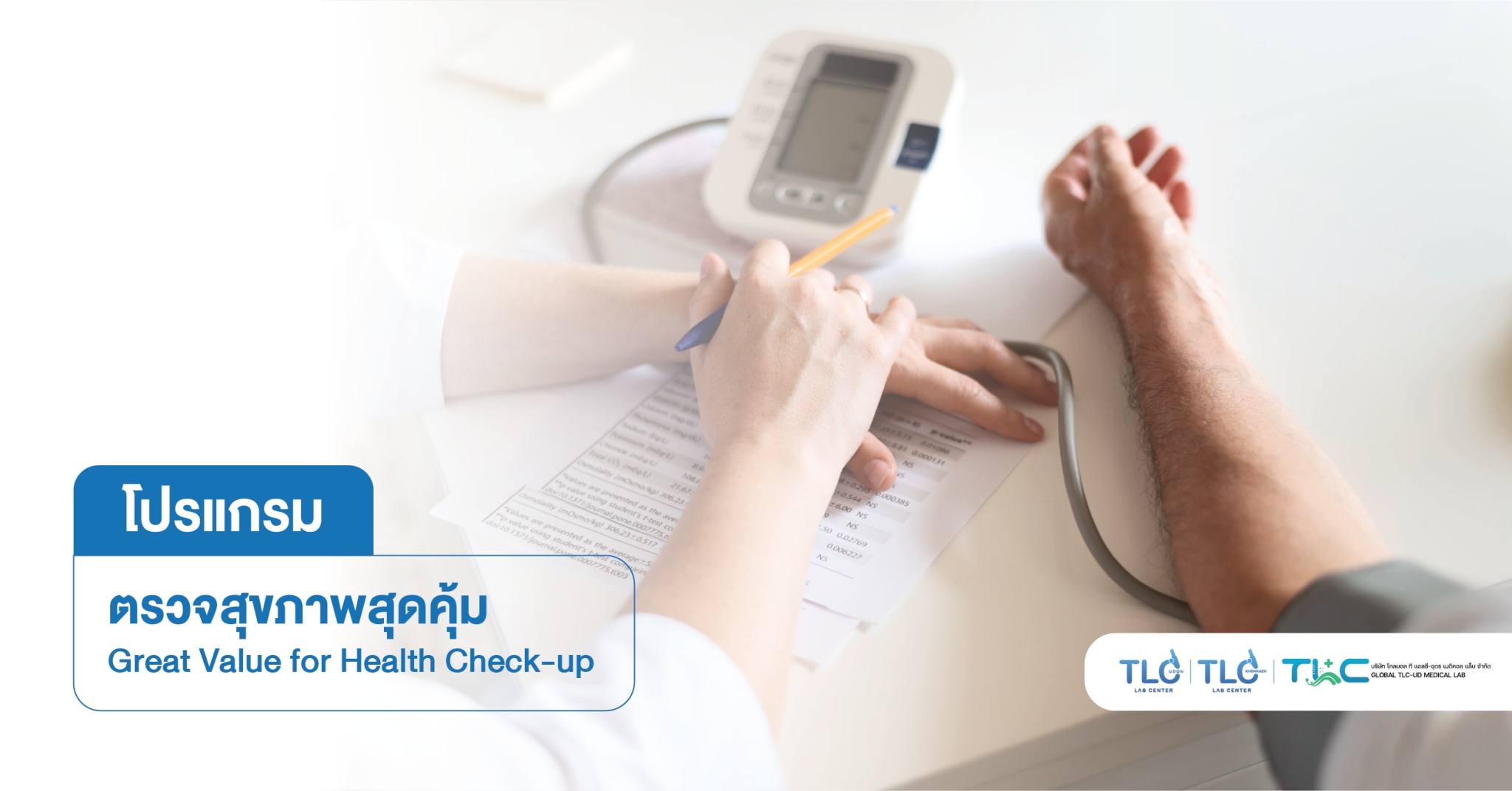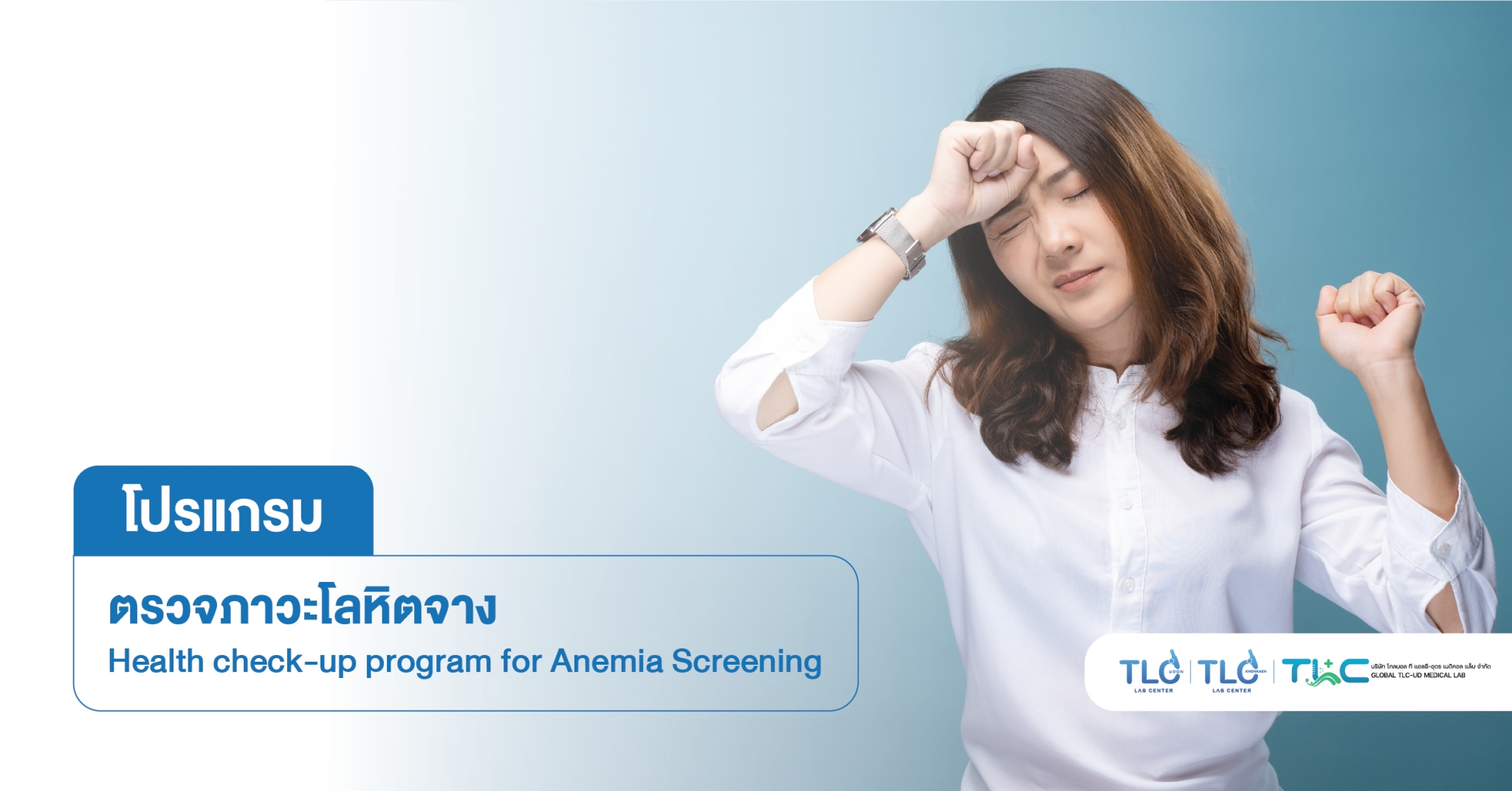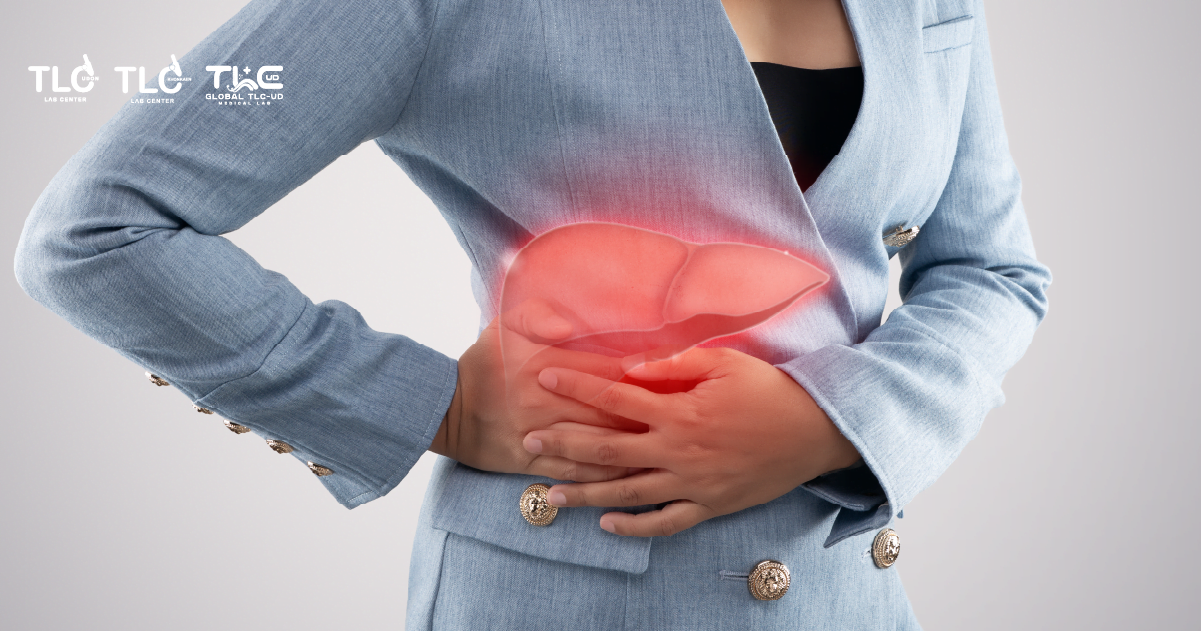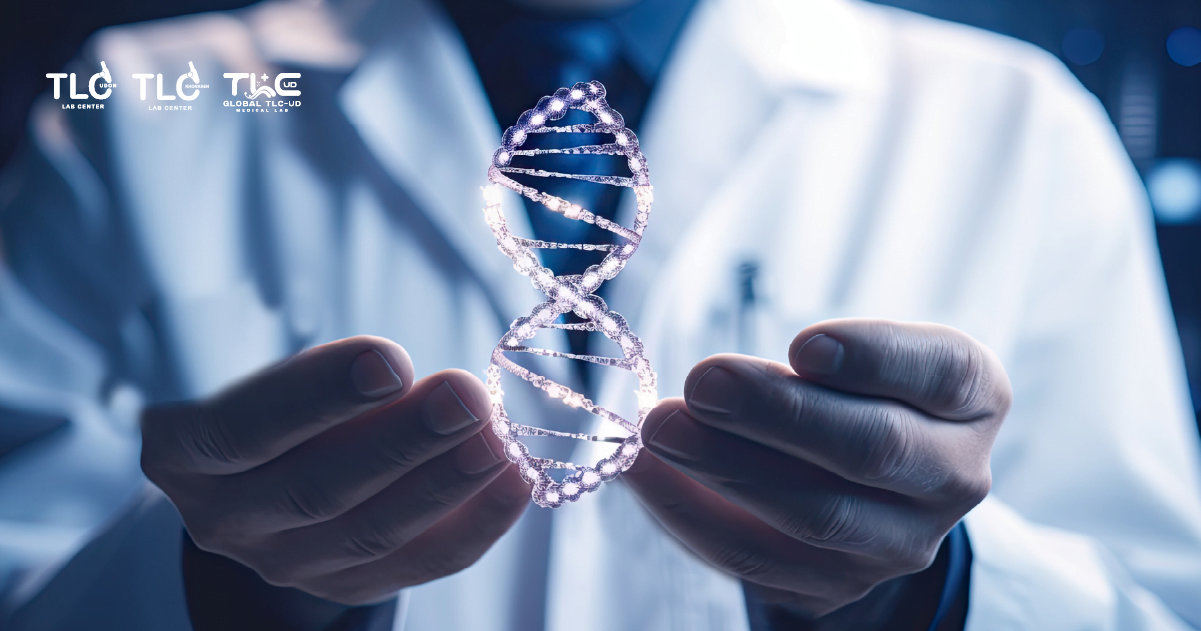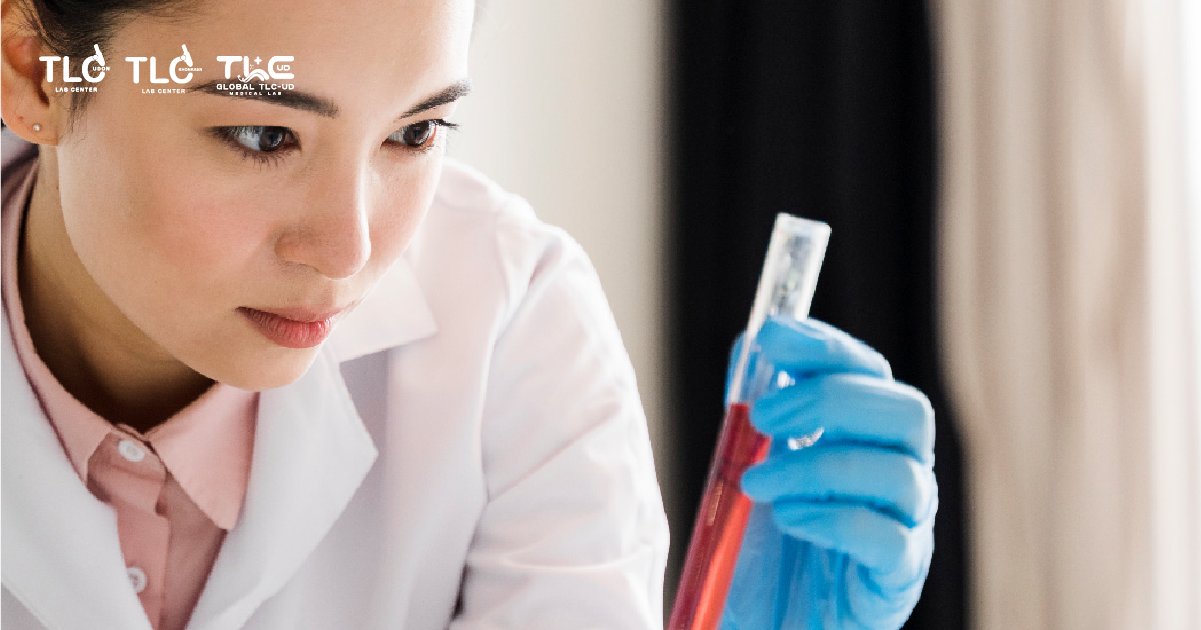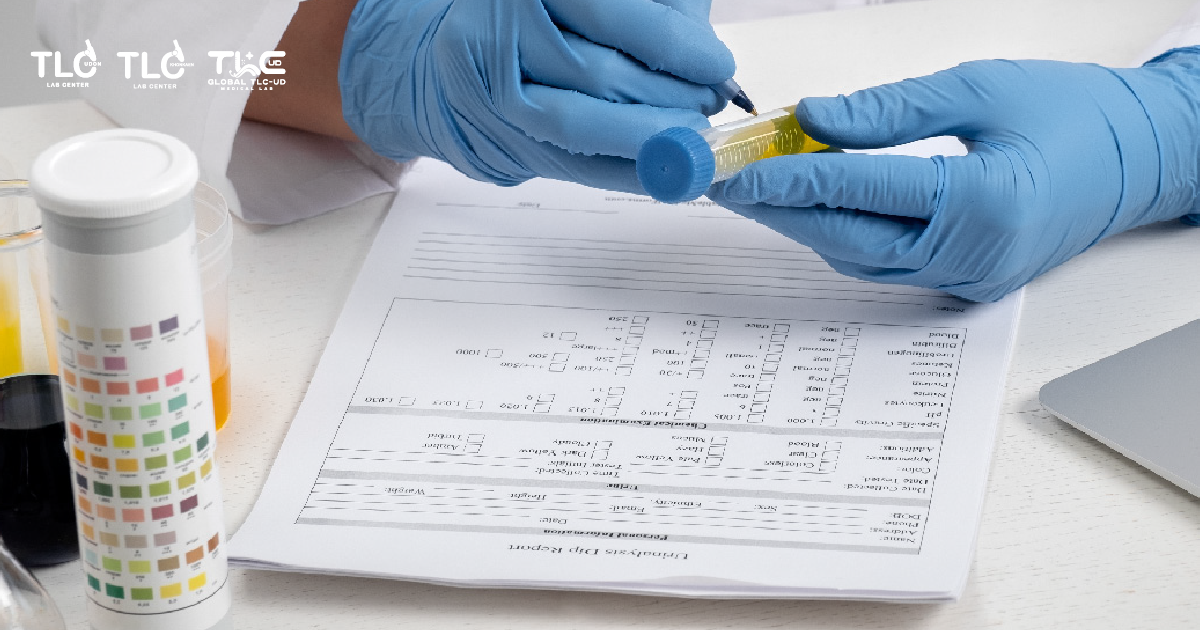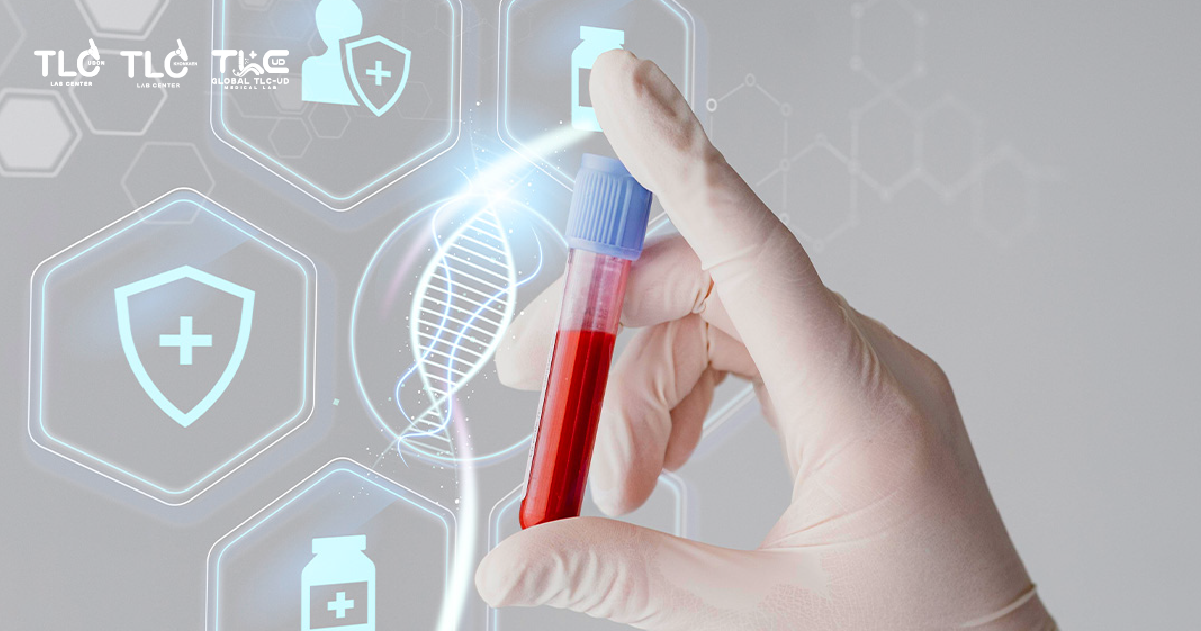Lactate Dehydrogenase (LDH) is an enzyme found in many tissues of the body, including muscle, heart, liver, kidneys, and red blood cells. It is used as a laboratory biomarker because elevated levels may be associated with muscle injury, liver disease, heart disease, and can also be used in combination with AFP and β-hCG to assess testicular cancer.
What is Lactate Dehydrogenase (LDH)?
LDH is an enzyme present in almost every cell in the body, especially in:
- Muscles (skeletal muscle, cardiac muscle)
- Liver
- Lungs
- Red blood cells
Main functions of Lactate Dehydrogenase (LDH)?
- Energy production: Converts pyruvate → lactate under low-oxygen conditions, allowing muscles to continue producing ATP even during intense exertion.
- Maintaining cellular energy balance: Supports the recycling of NAD⁺, which is essential for ongoing glycolysis.
- Medical biomarker:
- Blood LDH levels rise when cells or tissues are damaged or destroyed.
- Used in monitoring diseases such as hepatitis, biliary obstruction, myocardial infarction (MI), and blood disorders such as haemolysis.
- Relevant in certain cancers such as testicular cancer and lymphoma.
- In testicular cancer, LDH is measured alongside AFP (Alpha-fetoprotein) and β-hCG (Human Chorionic Gonadotropin).
- Can help indicate tumour burden and prognosis. Persistently high LDH levels may point to extensive spread or highly active tumours.
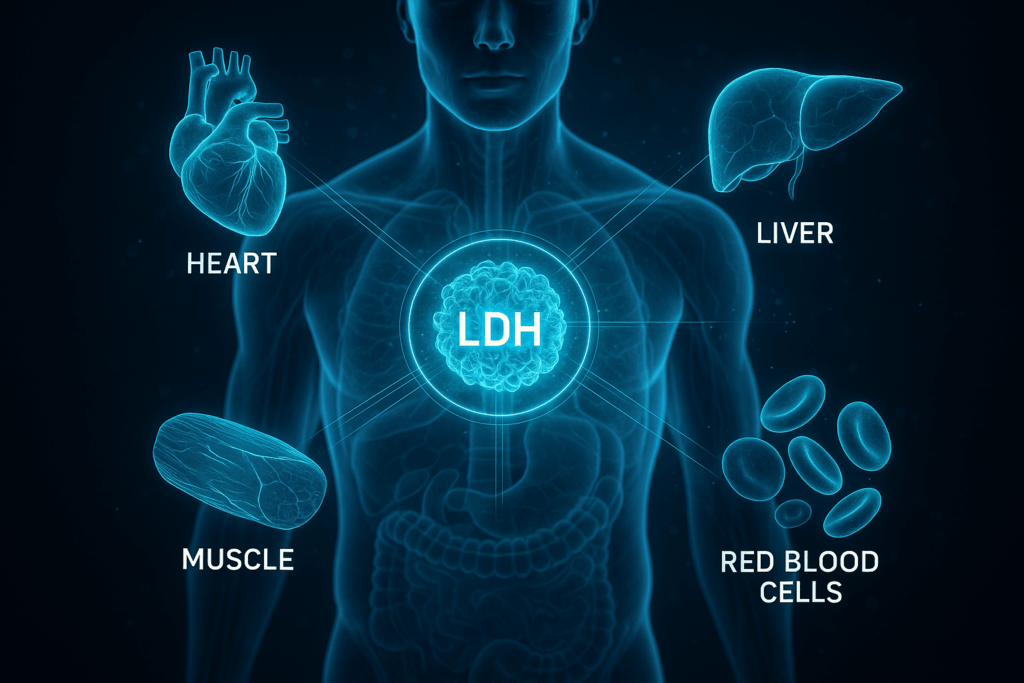
LDH testing and interpretation of results
- Blood test: Measures the amount of LDH released into the bloodstream.
- High levels may indicate:
Tissue damage: When cells are injured or destroyed, LDH is released into the blood at elevated levels.
Disease conditions: Such as liver disease, heart disease, haemolytic anaemia (breakdown of red blood cells), kidney problems, and some cancers.
Summary
LDH is an enzyme essential for energy production in cells. However, raised LDH levels in the blood may be a warning sign of tissue or cell damage caused by various diseases or conditions. LDH testing is usually performed alongside other investigations to provide a fuller picture for diagnosis.
References
- Markert CL. Lactate dehydrogenase: Biochemistry and function of lactate dehydrogenase. Advances in Enzymology and Related Areas of Molecular Biology. 1963;25:1-49.
- Nelson DL, Cox MM. Lehninger Principles of Biochemistry. 8th Edition. W.H. Freeman; 2021.
- Henry JB. Clinical Diagnosis and Management by Laboratory Methods. 20th Edition. Saunders; 2001.
- Gaddam SJ, Bicer F, Chesnut GT. Testicular Cancer. StatPearls [Internet]. Treasure Island (FL): StatPearls Publishing; Updated 2025.
- Baird DC, Meyers GJ, Hu JS. Testicular Cancer: Diagnosis and Treatment. Am Fam Physician. 2018;97(4):261-268.

